What is cystic acne?
You may not be familiar with the term cystic acne, but almost everyone over the age of 13 is familiar with what it looks (and feels) like. Cystic acne produces large, painful bumps on your face that feel like they’re rooted deep in the core of your skin. “These bumps can linger under the surface for weeks or even months and can eventually harden,” explains Dendy Engelman, MD, a board-certified dermatologist at Medical Dermatology & Cosmetic Surgery Centers, New York City. “They may also leave deep scars.” This type of acne is common in teens, and can run in your family. In adults, it tends to be hormonally driven.
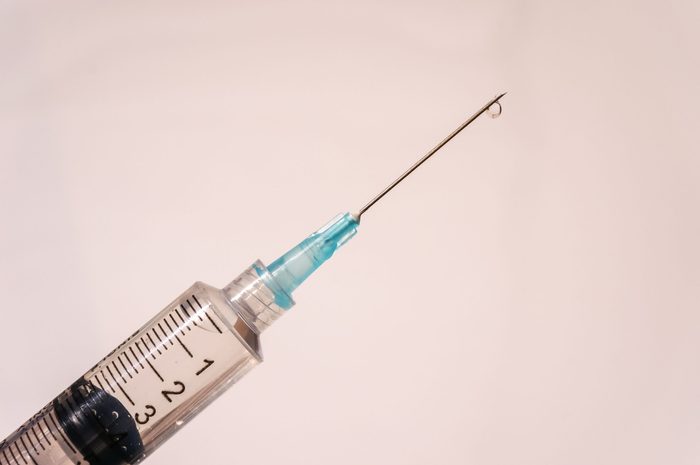
Cortisone injection
If you find yourself with a cyst, whatever you do, don’t prod, poke or attempt to pop it—as that is most likely to lead to scarring. If you have an important event and need a quick solution, call your dermatologist and make an appointment for a cortisone injection. “Cortisone is a steroid that is injected directly into the cystic acne to calm the inflammation and help it resolve more quickly, thus minimizing the risk of scarring,” explains Mara Weinstein Velez, MD, board-certified dermatologist at University of Rochester Medical Center. The cyst should shrink 70 to 90 percent and become a lot less painful within 24 to 48 hours.
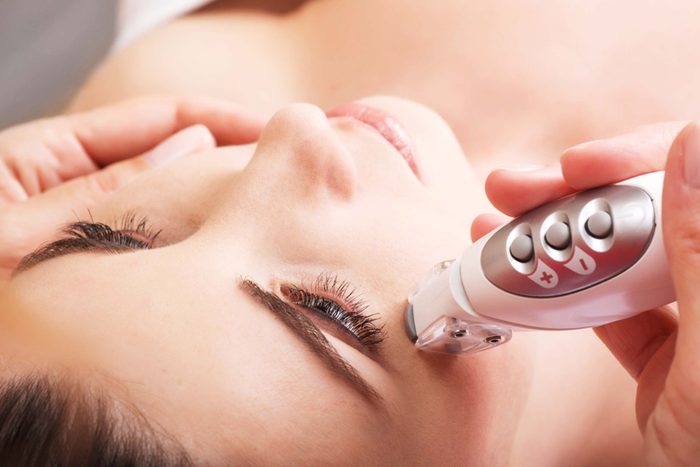
Isolaz
Isolaz is an in-office treatment done weekly or bi-monthly. “It combines suction, to empty blocked pores, with intense pulsed light, to kill P. acnes, the bacteria that causes acne,” explains Kenneth Howe, MD, a board-certified dermatologist at Wexler Dermatology, New York City. The procedure offers the bacteria-killing effects of an antibiotic (but without the potential side effects of oral medications) and is highly effective against all types of acne, from blackheads to inflamed cysts. Good news: Patients usually see improvements after just two or three treatments, and significant clearing by the time they’ve done four or five treatments.
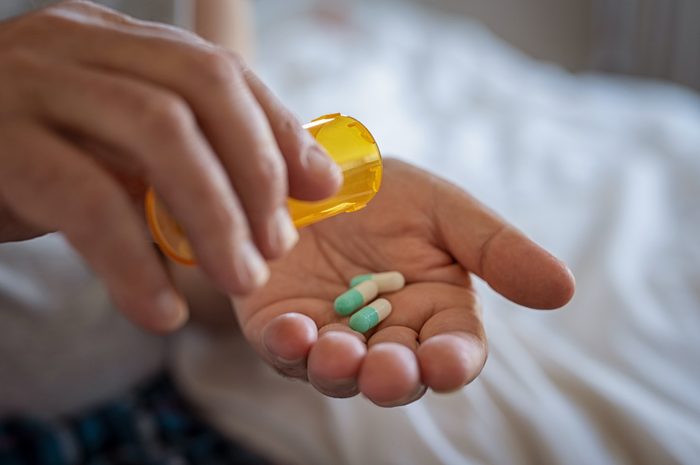
Oral antibiotics
Oral antibiotics work to kill P. acnes, the bacteria that causes acne. Some antibiotics—like those in the tetracycline family—are also anti-inflammatory, which helps improve redness and swelling. Results could be seen in as little as two weeks, but they may take anywhere from six to eight weeks. The duration of your treatment may depend on the severity of your acne. But some experts from the American Academy of Dermatology say to take antibiotics for the shortest amount of time possible, and only if other treatment options haven’t worked.
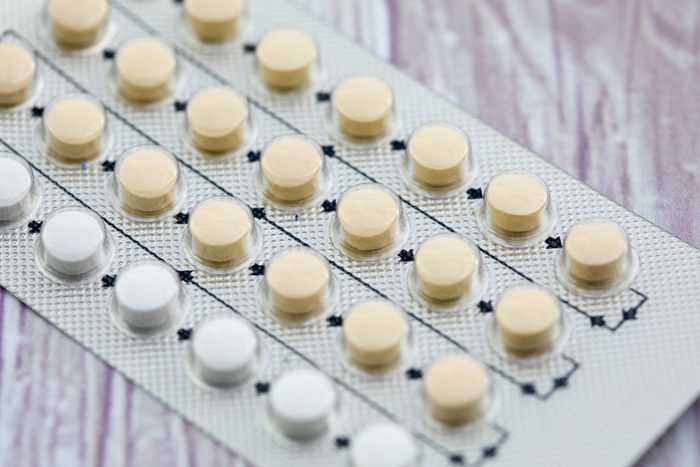
Birth control pills or spironolactone
Cystic acne, particularly in adults, tends to be related to hormones. Birth control pills and spironolactone are the most effective treatment for hormonal acne in women whose breakouts tend to occur a week or so before their period. “These medicines work by partially suppressing the effects of androgens, the male-type hormones in the body,” says Dr. Howe. Keep in mind, the beneficial effects of these treatments often take several months to achieve, so this isn’t a quick fix. “With spironolactone, it may take quite a while to work up to the most effective dose,” says Dr. Howe.
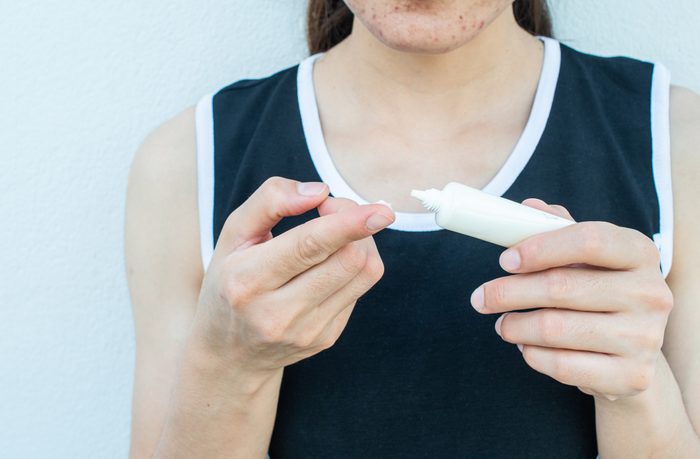
Topical antibiotics
Topical antibiotic creams, gels, and lotions (like dapsone and clindamycin) help to kill acne-causing bacteria, thereby reducing inflammation, redness and preventing breakouts before they start. Dr. Weinstein Velez advises that they work best when used regularly—as part of a daily routine—and not as a spot treatment. “The goal is to prevent and not play catch up when it comes to acne,” says Dr. Weinstein Velez. “With consistent use, the frequency of breakouts should be lesssened and current acne should resolve more quickly.”
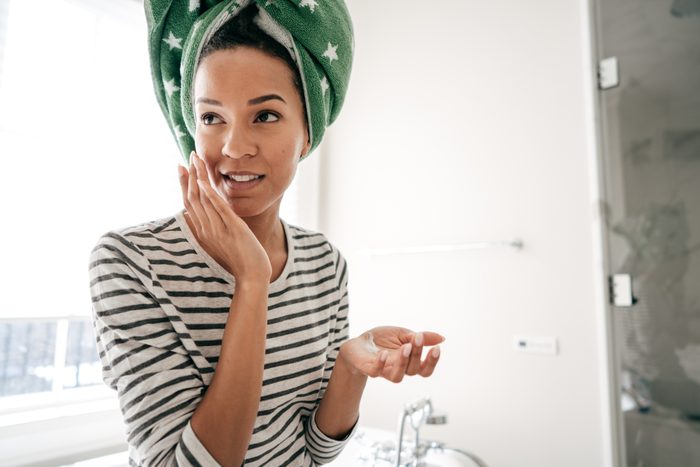
Topical retinoids
“Pimples develop because the cells that line our hair follicles clump up and form plugs,” says Dr. Howe. Retinoids are prescription-strength topical vitamin A derivatives that work to clean clogged pores and regulate cell turnover to prevent future congestion, targeting acne before it begins. “Differin Gel (adapalene 0.1%) is a prescription-strength retinoid that is approved for over-the-counter sales and is one of the best, derm-approved drugstore acne treatments. The active ingredient targets acne by treating existing flare-ups, reducing inflammation and redness, and unclogging pores,” says Dr. Engelman. She suggests starting with a once-a-week application to the entire face, then increasing frequency if no skin issues arise. Results can be seen in as little as four weeks. Try these other surefire ways to get rid of acne once and for all.
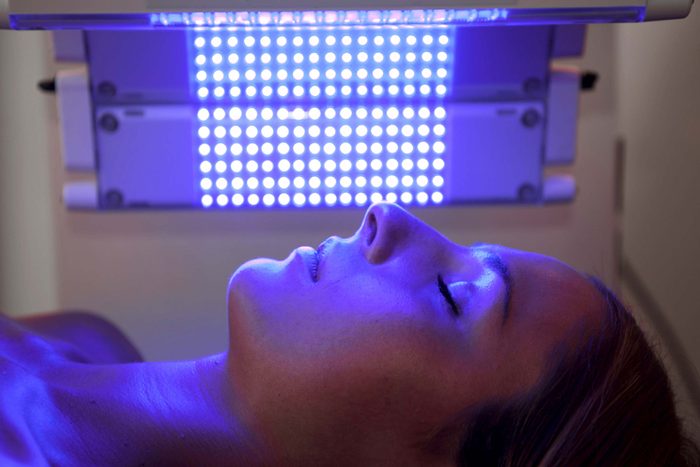
Photodynamic therapy
Photodynamic therapy controls resistant, hard-to-treat cystic acne via a treatment that combines the application of a light-sensitizing liquid with light to target and destroy acne activity. “And for some patients, with more severe cases, we can also expose them to red light in the same sitting,” says Dr. Weinstein Velez. This procedure is best performed monthly. “There is about a week of downtime—in terms of the redness and possible peeling after treatment—but the skin clears up pretty quickly.” When photodynamic therapy is done routinely, or in combination with other acne treatments, patients can expect an 85 percent reduction in acne.
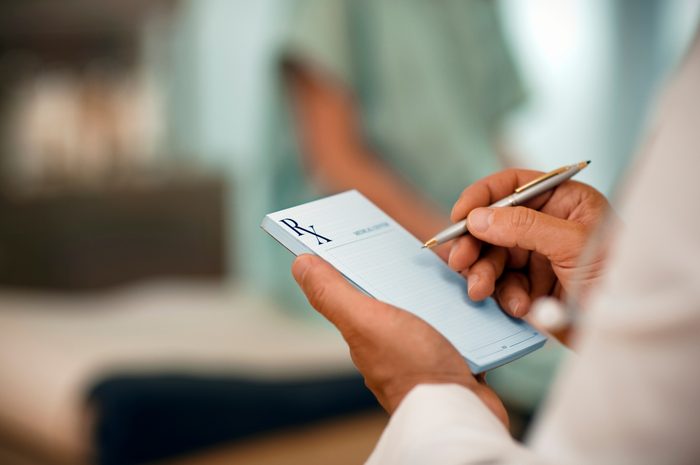
Isotretinoin
Isotretinoin (originally known as Accutane; now there are several generic versions available) is designed for patients with the most severe nodulocystic acne as well as for patients whose acne has proven resistant to other treatments. According to Dr. Howe, isotretinoin works by regulating the shedding of skin cells in hair follicles and shrinking enlarged oil glands. “Nearly all acne patients clear while on isotretinoin, once the proper dose has been reached,” says Dr. Howe. “And about 60 percent of treated patients remain clear of acne for life.” It’s important to note that there are a number of side effects associated with isotretinoin—namely that if taken by a pregnant woman, it causes birth defects. For this reason, all female patients of childbearing age must register with iPledge before starting isotretinoin. While Accutane before and after photos can be convincing, you might want to talk to your doctor about alternative treatments before deciding on this course of action.

